In part 2 of our Nova Scotia motorcycle tour we’re going to travel to Cape Breton Island, home of the renowned Cabot Trail. Today’s travels will start in the waterfront village of Lunenburg, which was highlighted in a previous post. We’ll make a quick detour for another lighthouse photograph before continuing our journey north and east.
Peggy’s Cove Lighthouse
Leaving Lunenburg we continue east on route 3, The Lighthouse Route, which winds along the rugged south coast of Nova Scotia. If you’re on a timetable you could take 103 (Fisherman’s Memorial Highway) but I highly recommend you take the coastal route. Either way you’ll wind up in Upper Tantallon where you turn right and head south on Peggy’s Cove Road.
Built in 1915, the Peggy’s Cove lighthouse stands a modest 50 feet tall. The beacon marks the eastern entrance of St. Margarets Bay and is one of the most-photographed sentinels of the 130 that stand on Nova Scotia. When one looks at the rugged rocky terrain surrounding the lighthouse you can understand why mariners needed this beacon to keep from falling victim to storms on the treacherous North Atlantic coast. The Peggy’s Cove Lighthouse is this segment’s featured image above.
Fast Forward To Port Hawkesbury
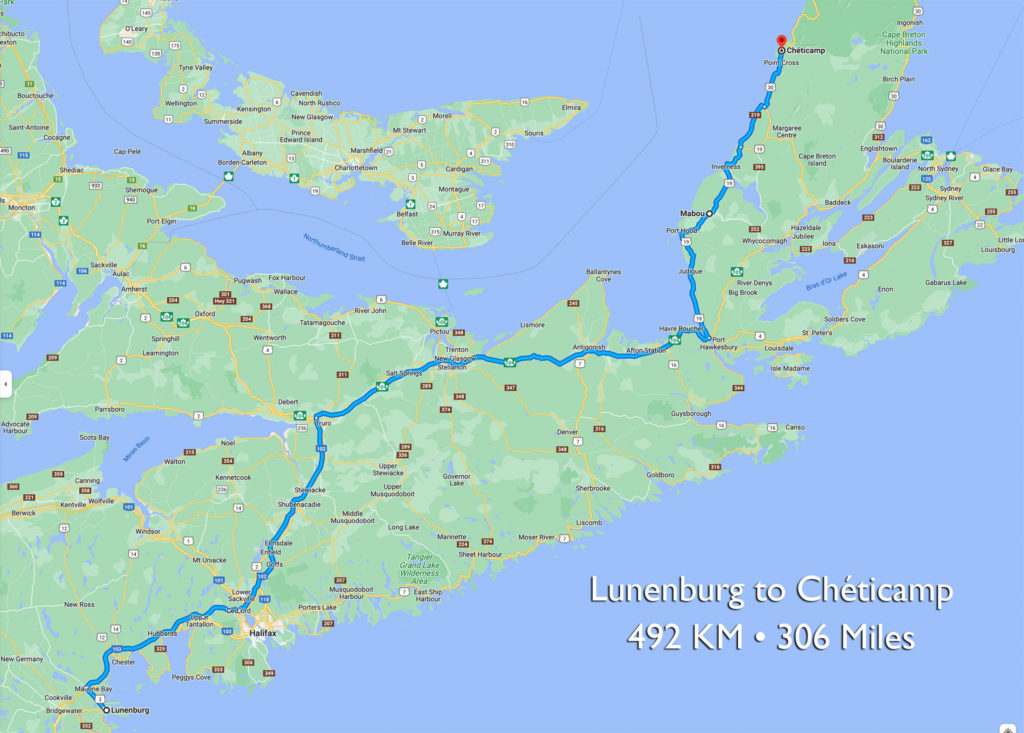
Today’s travels from Lunenburg to Chéticamp
Leaving Peggy’s Cove I opt to get on Route 102, Veteran’s Memorial Highway. I’m not fond of traveling on ‘the slab’ but I want to circumvent the big city of Halifax and get to Cape Breton Island on the north side of Nova Scotia quickly. Plus, it is raining fairly hard, so I decide to just put some quick miles behind me.
It is on this stretch of the trip that I’m feeling a little let down. The Veteran’s Memorial Highway is reminiscent of any major interstate in The United States. There is little scenery to enjoy. Just miles upon miles of straight tarmac. The only good characteristic is the presence of motorist services at nearly every interchange.
I pull into one such oasis, which looks just like any you’ll encounter in The United States. Gas pumps, air machines, car vacuums and the requisite convenience store full of overpriced junk food and sundries. A couple of notes about gas in The Atlantic Provinces…
First: in the remote areas fuel stations are scarce. Top off your tank at every opportunity. You don’t know when you’ll find another station. A good friend of mine was forced to spend the night in a Nova Scotia gas station; waiting to top off his tank when they reopened in the morning. Second: don’t get excited when you see those “low” prices on the pump. Gas is sold by the liter in Canada, not the gallon; and you’ll find that the north-of-the-border gas is priced higher per gallon than in The States.
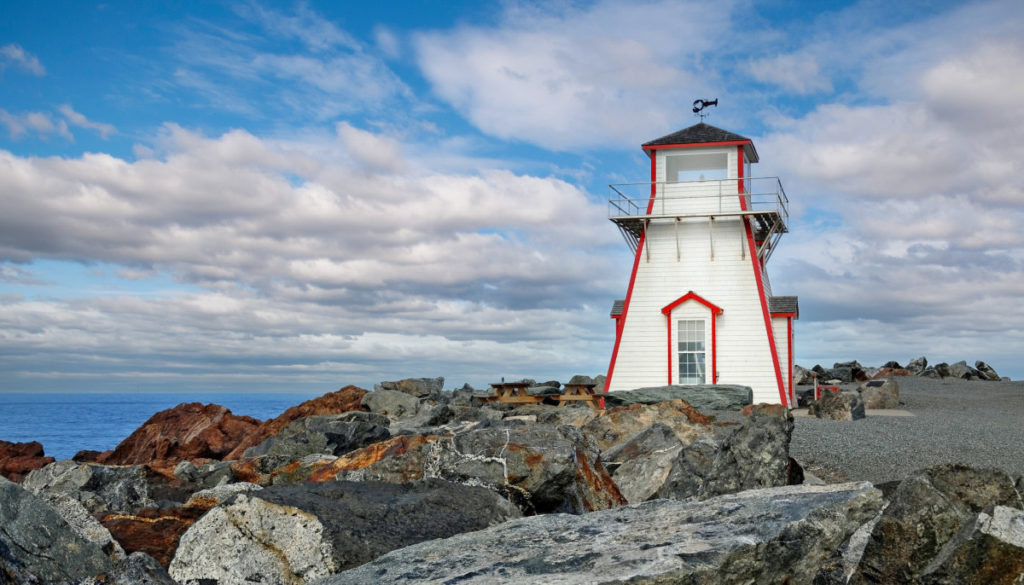
The lighthouse at Arisaig Point
One hundred ninety fast miles later I roll into the town of Port Hawkesbury on Cape Breton Island. The rain was left behind on the major thoroughfare and it looks like it is going to be stellar for the rest of the day. Along the way we took a short detour to visit yet another of Nova Scotia’s lighthouses. This one was the structure at Arisaig Point.
Welcome To The Ceilidh Trail
I have a confession to make. I knew very little about the culture before I left on this Nova Scotia motorcycle tour. I came to find out that there is a strong Gaelic influence on Cape Breton Island with much of its population descending from Scottish and Irish heritage.
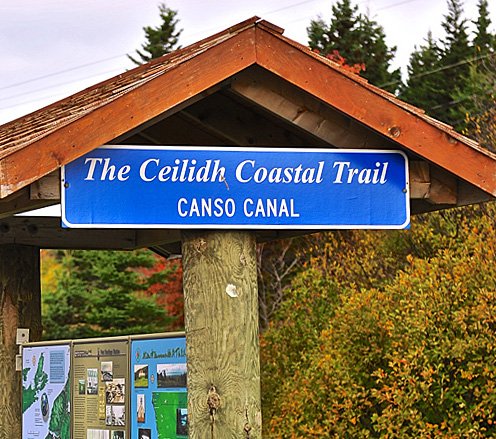
Your first clue to this fact is when you try, in vain, to pronounce the names of the little villages you pass through when riding on The Ceilidh Trail. First of all I will tell you that “Ceilidh” is pronounced Kay-Lee. Without Google I never would have figured that one out. I also learned that Ceilidh, in its most basic translation, means social gathering.
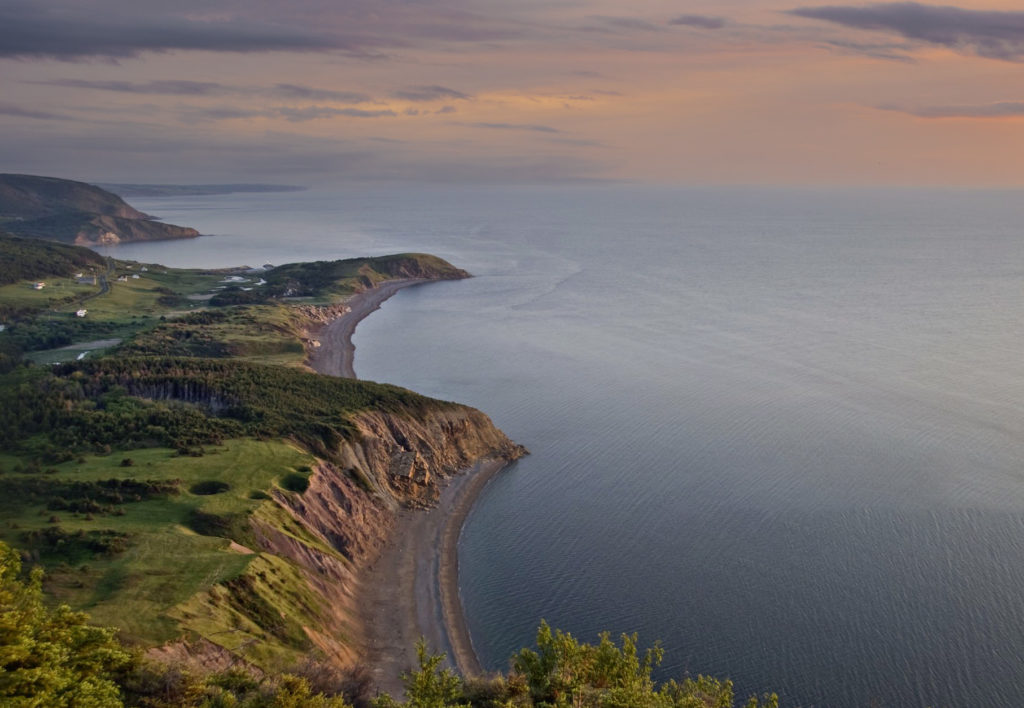
A bird’s eye view of The Coastal Highlands along The Ceilidh Trail
I didn’t even try to learn how to pronounce the village names Cwmtydu, llangrannogc, Whycocomagh and Màbu Bheag. Even auto-correct didn’t offer any alternatives to these handles full of consonants, and nearly void of vowels. It did make for some hearty laughter as my girlfriend and I did our best to try to say the names as we rode by. Our translations were irreverent.
It’s All About The Views
The Ceilidh Trail is the coastal route that runs alongside The Gulf of Saint Lawrence on the west coast of Cape Breton Island. Scenic overlooks are everywhere. I started to worry that we’d never make it to Chéticamp by nightfall if we kept stopping for photographs.
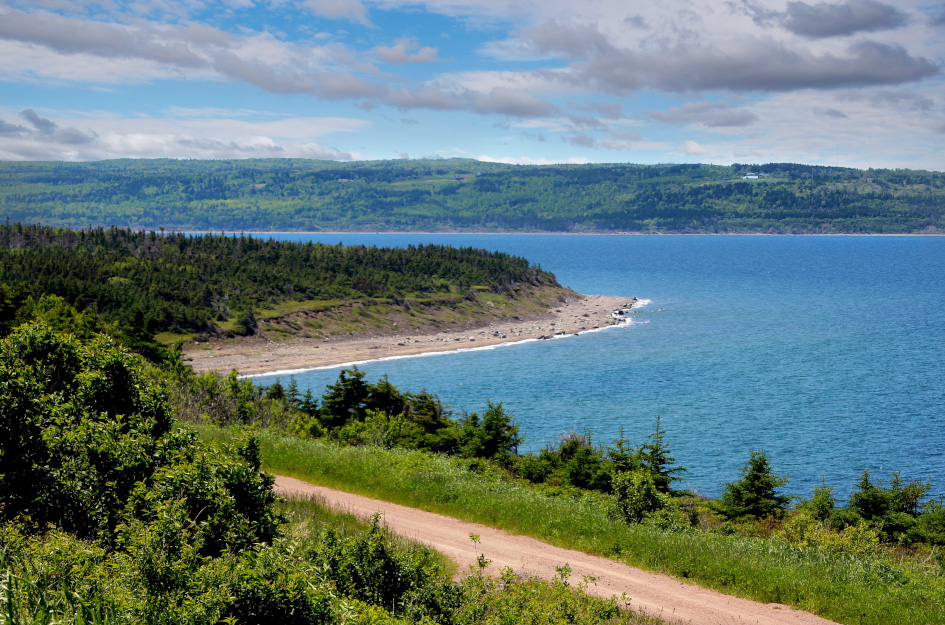
One of my favorite views was at a popular spot known as Christie’s Look Off. I would recommend a rest stop there to take in the beauty of the coastline. There are hundreds of unpaved roads intersecting with The Ceilidh Trail. Adventure motorcyclists will be in their glory. At some of the overlooks we walked out to where the ADV guys simply rode. Sure, the Harley ElectraGlide® was comfortable on the ride up to Nova Scotia, but what I wouldn’t have given for a lightweight dual sport bike once we hit the Ceilidh Trail.
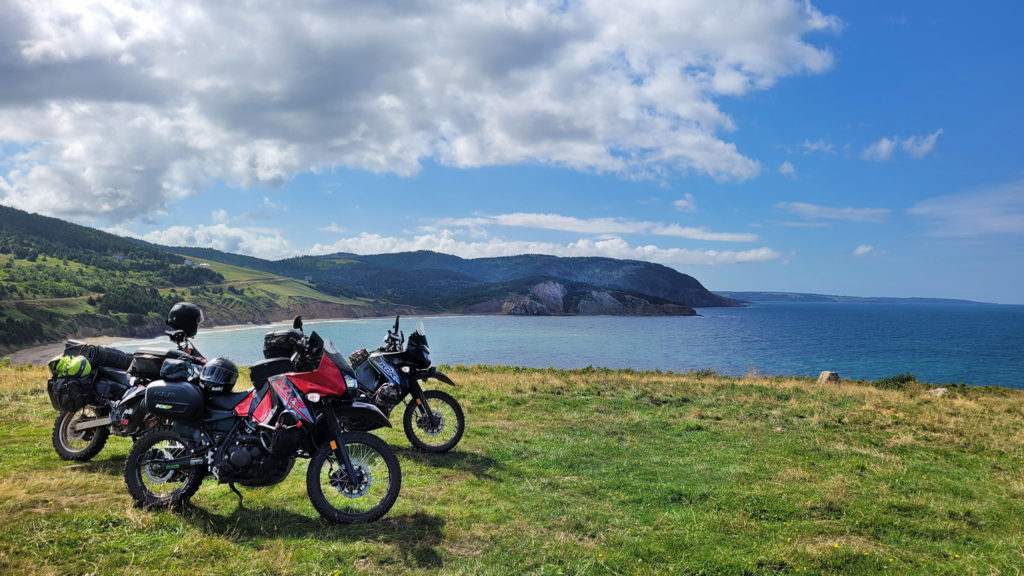
On To Mabou
At Port Hood the Ceilidh Trail turns east away from the coastline and 8 miles later you arrive in the village of Mabou and Mabou Harbor. The name Mabou is thought to be derived from Mi’kmaq (Come on…I dare you to pronounce that) which means “place where two rivers meet” or “shining waters” or “sparkling waters”. Take your pick.
During the late 19th century and the first half of the 20th century Mabou’s primary economic activity centered around a coal mine. Today Mabou is primarily a fishing port for a small fleet of lobster boats. An overlook nearby provides a bird’s eye view of the tidy little marina on Mabou Harbor.
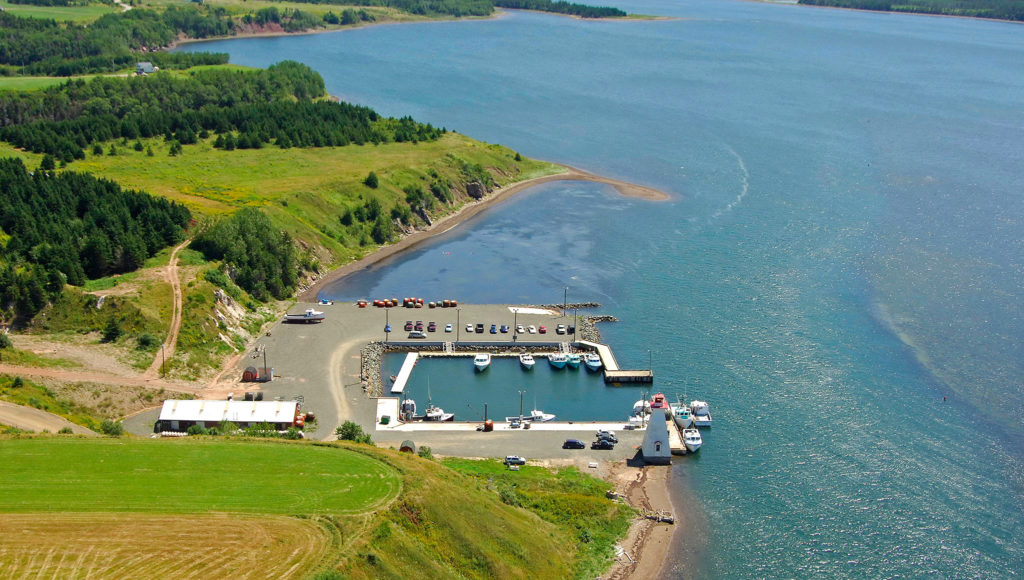
Six miles out of Mabou you will pass through the village of Glenville; home to The Glenora Distillery. This is where Glen Breton Rare Canadian Single Malt Whisky is produced. This spirit is famous for being the very first single malt produced on the North American continent.
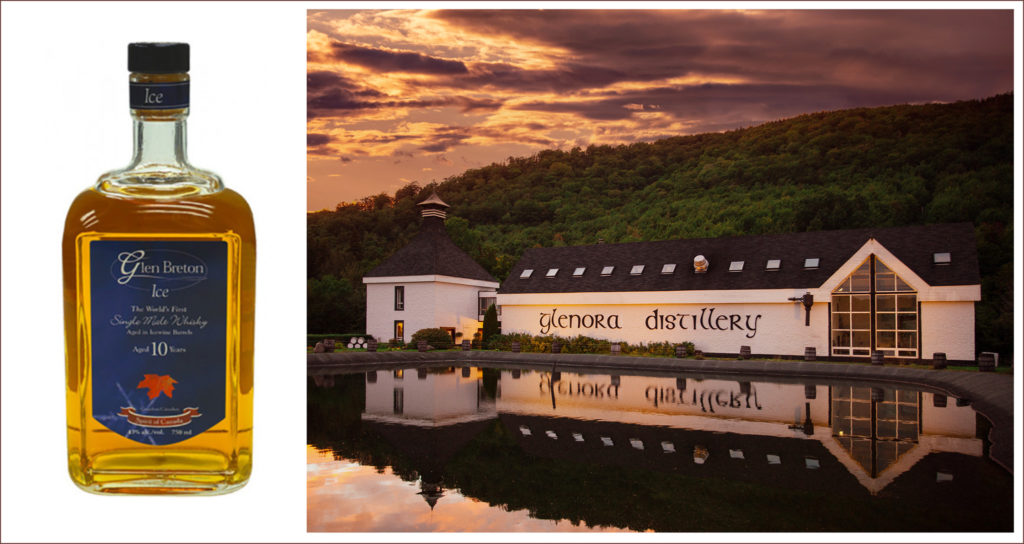
Sunset at The Glenora Distillery
Next Stop: Chéticamp
Leaving Mabou you will continue north and east on the Ceilidh Trail. It turns back to the Gulf of Saint Lawrence shore in the town of Inverness. With a population of about 1,300 residents it is about the same size as Mabou. This town, too, has its roots in the coal mining industry.
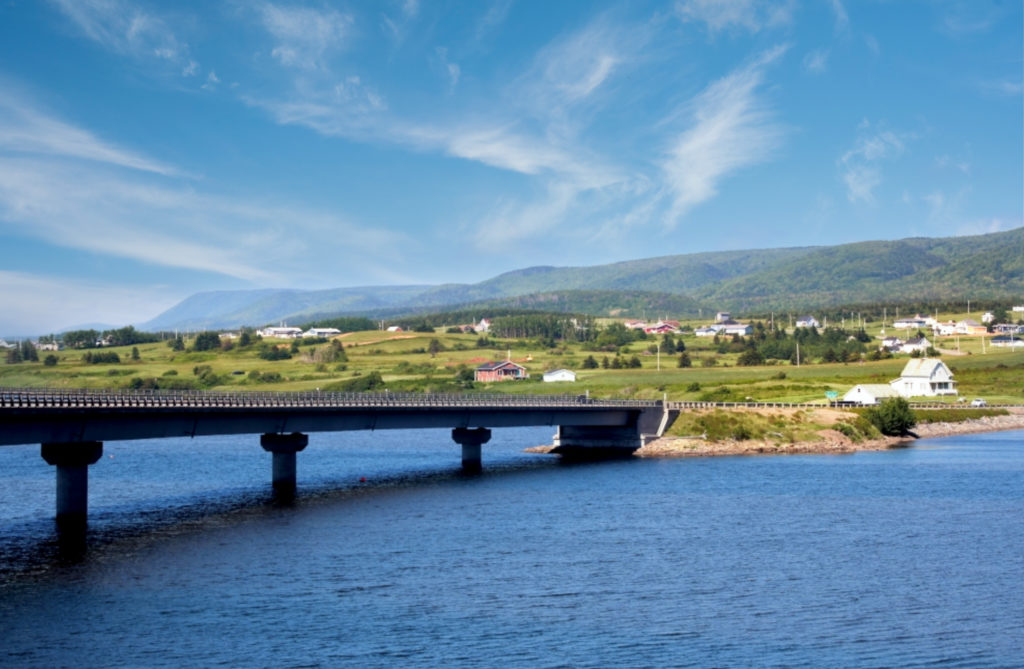
Continuing north on The Ceilidh Trail you will come to the village of Margaree Harbor and a short bridge over The Margaree River. It is here that Route 19 (The Ceilidh Trail) merges with Route 30 and becomes the famous Cabot Trail…the crown jewel of Nova Scotia motorcycle tour destinations. Next stop: Chéticamp.
On To The Cabot Trail
In the next installment of this Nova Scotia motorcycle tour series we will take you on the world-renowned Cabot Trail. But first we will spend the night in the lovely little waterfront village of Chéticamp, a place that won my heart in less than 24 hours.
We hope you enjoyed this segment of the trip. As always we welcome your comments below. Be sure to subscribe to Roadcraft USA for breaking news and special offers. Ride safe, everyone!
Click Here to view an interactive visual index page where you can quickly browse through all of the great features that are published on the Roadcraft USA blog.

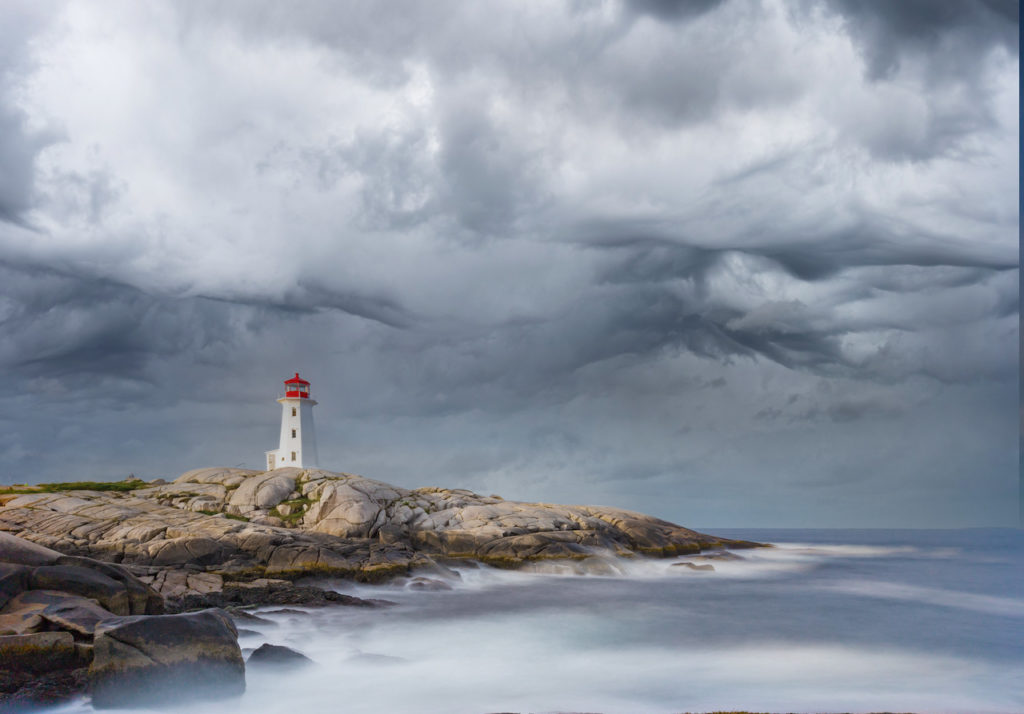
Great recap of a special ride. Thanks, Mike!
My pleasure, Gregg.
Love reading this segment, Michael. I spent two nights in Cheticamp and loved it there. Heading back next month and can’t wait. Thanks for your beautiful images and tale of your trip.
My pleasure, Donna. Yes, Chéticamp and its people are wonderful. Thanks for reading and commenting.